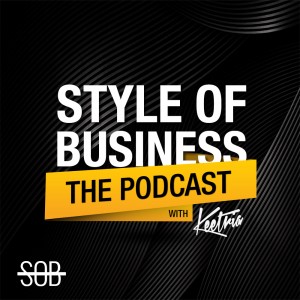
As the purveyor of a brand, you would honestly love almost nothing more than achieving a form of cult status. Social media brands like Facebook have achieved this, as well as activities tied into brands like NFL Fantasy Football. Recently with about 35 million followers, the activity of fantasy football along with shows like “The League” has more than reached out and grabbed the attention of consumers. At a certain point, marketers have realized that people want to be a part of something that goes beyond just the sphere of themselves.
Once you reach a cult following, if it happens overnight, you may even run out of product. If you can keep the product stocked, you will see more users talking about your brand than maybe ever imagined. Shoe purchase portals like Zappos, Soft drinks like Coke, beers like Dos Equis and many more have achieved this status with more than just placement and protocol. They have sometimes gambled everything to create a persona that people will not only never forget, but tell everyone they know to consume. The initial feeding frenzies drive up IPO’s and in some cases, get the product out of the red forever.
Dreaming at the drawing board
Creating a cult brand is something that is much harder than just creating any brand. One of the pinnacles of the industry, Harley Davidson, formed their cult status because people literally formed groups based on the brand. At the time and even still, it didn’t matter that some of them were perceived as a bit on the outlaw front. When you are really thinking about taking a brand to cult status, envisioning it as a group activity (Think Pinterest) is sometimes a great first step. Along the realms of cult status success in transportation is Vespa, the Italian made scooter that was a driving force in gaining many people the ability to get from A to B after the Second World War.
When you are trying to create a cult following for your brand, it is hard not to imitate directly, but there are some great brands to take a beginning nod from. Trader Joe’s created an incredibly loyal fan base with “Two buck chuck” wine, and a selection that feels like a local market, has uncommon items, and tries to shy away from steep prices. When looking at truly becoming a cult brand, there are really two most important elements to investigate; creating a community of customers, and selling an overall lifestyle.
How could my brand do these things?
One successful thing that brands have done to create a community of customers is by encouraging them to show off their wares. Toms shoes has done this, by encouraging customers to show off their loyalty and their pairs of Toms in pictures they personally take. Even though to be truly iconic there has to be a lot of other appeals, sometimes risky and weird works. A whole culture has sprung up since about the late 1990’s that embraces coffee, quirks of life, imperfection, and noticing the oddities in the workplace. Having a scrapbook themed sharing platform and/or finding a way to reward people posting the coolest photos of your brand is a great start.
If you feel in any way that your product is limited or not as good as others, don’t panic. One thing that entrepreneurs have really seen help with cult status is creating the “fun factor”. Cars like Volkswagen have mastered this. It needs to be a careful blend of engineering & design, and then perhaps spreading around some examples of the fun and savvy ways people use your product. There are some small startups, pet companies and others creating loyalty and driving good reviews by having over the top customer service. These companies must really hire only the best of the best, and know how to be perfect ambassadors even when times are stressful.
It is true that some companies have been lucky enough to stumble upon these quirky ideas that make their product stand out. There have been many brands that really start to rise up and then can’t accomplish the next level of true attachment to the brand. While there are many things about a product like food that can attach a customer to a brand, examples like Zappos show us that any niche can work. The absolute best strategy is providing something different. In this day and age there is always another person doing what you are; the challenge is dripping originality, and creating a desire for what you have that is unparalleled.





